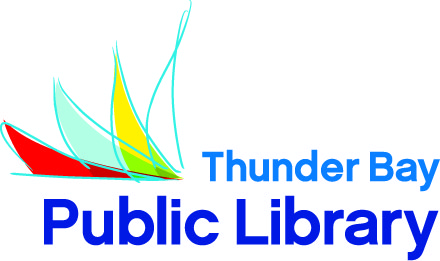The story of the Volsungs comes in several forms. While some aspects of the story vary from source to source, the main plot remains the same. Sigurd, the last of the Volsungs, vows to marry Brynhild, but when he goes to the land of the Nibelungs (sometimes known as the Gjukis), he is given a potion of forgetting and ends up marrying Gudrun instead. Through some deceit, Sigurd then wins the hand of Brynhild for his brother-in-law. The story deals with everything from the heritage of the Volsungs to the events after the marriages of Sigurd and Brynhild. It is quite the interesting drama!
The main source that Tolkien used was The Poetic Edda (Poems of the Vikings: the Elder Edda). This is a collection of poems that includes not only the story of the Volsungs and the Nibelungs but also stories of Norse mythology; it is one of our only sources of these myths. The poems concerning the Volsungs are quite varied; they sometimes introduce characters who do not appear in any other poem. Regardless of this, all of the characters within The Poetic Edda are complex and strong, with different poems giving detailed and varied looks at the relationships between the characters. The only problem with The Poetic Edda is that it is not complete; there are several pages missing from the only ancient manuscript that we have. Missing is everything from Sigurd’s meeting of the valkyrie Sigrdrifa to after Brynhild and Sigurd are both married. Despite missing this large part of the story, The Poetic Edda is still an interesting, if varied, read.
Luckily, we have alternative sources of the story to fill in the gaps. The other source that Tolkien used was The Volsunga Saga (The Story of the Volsungs). The Volsunga Saga is a prose version of the Volsung and Nibelung story that gives a complete account of the missing details from The Poetic Edda. Unfortunately, while this version is complete, it is not without its own problems. The plot is awkward in several places because the anonymous author had to unify several sources of the tale. It isn’t perfect, but The Volsunga Saga is a great source for the story, especially if you do not like reading poetry.
And t
 hat brings us to Tolkien’s The Legend of Sigurd and Gudrun. This work is not a translation of the earlier Norse sources; instead it is a new work based on the older sources. Tolkien unifies the material, filling in the gap from The Poetic Edda and eliminating the many inconsistencies. He also has the Norse god Odin masterminding the plot, particularly everything regarding Sigurd, which holds the story together better than anything in the original sources. But Tolkien’s version is not without its own flaws, too. In eliminating these inconsistencies, Tolkien also removed the complexities from some of the characters, particularly Gudrun. While the story is, overall, tighter, if you want a full understanding of the tale, it is worthwhile to read the sources along with Tolkien’s version of the story.
hat brings us to Tolkien’s The Legend of Sigurd and Gudrun. This work is not a translation of the earlier Norse sources; instead it is a new work based on the older sources. Tolkien unifies the material, filling in the gap from The Poetic Edda and eliminating the many inconsistencies. He also has the Norse god Odin masterminding the plot, particularly everything regarding Sigurd, which holds the story together better than anything in the original sources. But Tolkien’s version is not without its own flaws, too. In eliminating these inconsistencies, Tolkien also removed the complexities from some of the characters, particularly Gudrun. While the story is, overall, tighter, if you want a full understanding of the tale, it is worthwhile to read the sources along with Tolkien’s version of the story.Shauna Kosoris, Supply Staff









